If you’re struggling to raise the cash to build your craft business, crowdfunding can be the ideal way to help you take the next step…
From launching your first product to growing your range, buying an expensive bit of kit to building the workspace of your dreams, it can be hard to find the funds to take your business to the next level.
But, rather than begging the bank manager to believe in your business, more and more makers are turning to crowdfunding to give them the cash injection they need.
“Crowdfunding is a brilliant way to launch a new product or idea,” explains Kaye Symington from Paved With Gold, who helps small companies create successful Kickstarters.
“It’s difficult to make time in your business to give new products the attention they need. A crowdfunding campaign allows you to set aside some time and have a clear focus for a couple of months. It’s a way of getting all your ducks in a row. Clear messaging about your product, a video to tell people what you hope to do and photos that show people your project.” As Kaye points out,“it's everything you’d include in launching a new product anyway”.
We caught up with Kaye along with Zanna Goldhawk of Papio Press and Lynsey Gray of Hello Hinny – both of whom have used crowdfunding to grow their creative businesses – to answer your burning Kickstarter questions and share their top tips on making it work for you…
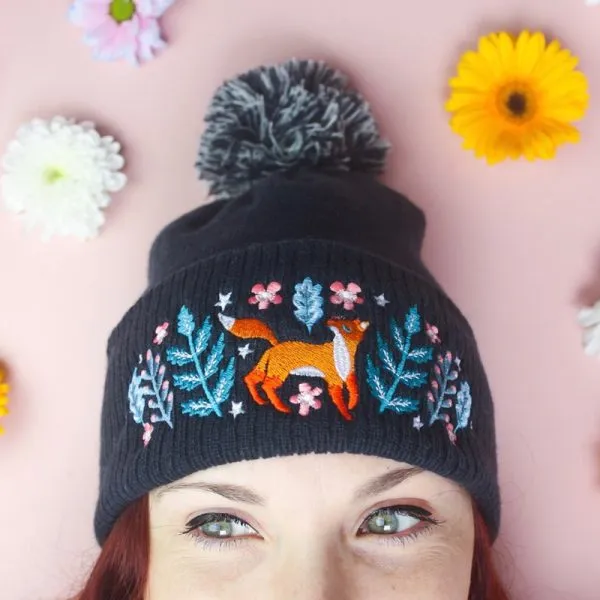
What made you decide to try crowdfunding?
Lynsey: I’d backed campaigns in the past, but usually larger ones , so hadn’t considered using it on a smaller scale until I saw a few people on Instagram doing it, namely Liz Harry. I already had an Etsy store selling digital portraits, but really wanted to create some physical products. My designs were ready to go, but spending a chunk of cash seemed like a huge risk, so I figured I had nothing to lose with a Kickstarter.
Zanna: We’re always looking for new and exciting ways to expand our product range, but one of the difficulties is not having the buying power that larger businesses have. Social media is a good indicator for how well a product will do, but can be unreliable. Likes don’t always translate into sales. We decided to try crowdfunding because we fell in love with embroidered beanies, but they were risky as they were different to our previous products. Crowdfunding removes the risk because if people want them then you have the money to buy your materials. And if you don’t reach your goal you simply move on to the next idea.

What crowdfunding platforms can you use and which would you recommend?
Kaye: There are four main types of crowdfunding; equity, donation, reward and subscription. Equity is the trickiest of the bunch. It involves proving that your business has long term value and you need to be established or have proof that investors will get their money back. In the UK you can do this through platforms like Seedrs or Crowdcube, but the others are all fairly similar – you're asking people to donate a small amount to support your project. Reward crowdfunding through something like Crowdfunder, Kickstarter or Indiegogo allows backers to receive rewards in return for support, usually with the product you are launching. Donation crowdfunding via platforms like Go Fund Me or Just Giving is usually the domain of sponsored walks. And, subscription is gaining popularity with artists, podcasters and indie content providers, where people can support you over a longer period of time to deliver a series of things – you can use Patreon for that. Each platform has its own plusses and negatives, and each project you are launching will have different requirements. We're huge fans of Kickstarter for launching a brand, Crowdfunder for community projects, and Indiegogo for really techy projects.
Lynsey: I use Kickstarter for my pins and Mercht for my T shirts. With Kickstarter, people are essentially pre-ordering a product that doesn’t exist yet. If you reach your funding goal you then have to go out and make them. With Mercht they offer a select number of products they customise with your design. The campaign only goes to print if you sell a minimum number of items. If the campaign's successful you get a percentage of each item sold and Mercht deals with everything from that point on. They create the product, charge the customers and ship the items to them too.
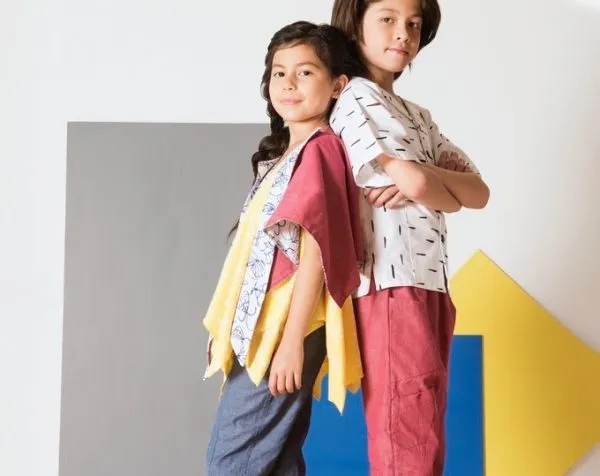
When running a Kickstarter, how do you decide what to give as incentives?
Kaye: Overall, we recommend keeping the rewards related to the product you're making. Don’t make a branded tote if you weren’t planning on making one anyway. If you're launching a new range of pins, make that the reward. Perhaps offer different colour options or personalisation. If your product is more than £40 it’s good to have smaller options available, something related to your project. In the past we made a colouring-in sheet and downloadable playlist for BleepBleeps. Then at the other end of the spectrum, it’s good to have a high-end reward level too. Something that's completely exclusive to the campaign like a workshop.
Lynsey: I wanted to be sure the campaign got funded and the best way to ensure that seemed to be to offer multiple types of rewards, so it appealed to more people. Aside from offering the main item itself I looked at other items I could create that were affordable. I built these into bundles because people like a little gift box full of goodies! Early bird rewards, which have a good discount, are great at encouraging early pledges too. I also like to include a slight discount on all the other items as well, so people know that by backing the Kickstarter they’re benefiting, as the price will go up once the items are listed in my shop. Another reward I've used was pre-existing products. This way I knew I could include them at no additional cost to the campaign. For example I did a limited number of bundles that included a digital portrait at a discounted price, so those who were considering purchasing one anyway were able to do so through the Kickstarter, get a discount on it, as well as some other goodies, and the money went into the campaign to help me reach the goal.
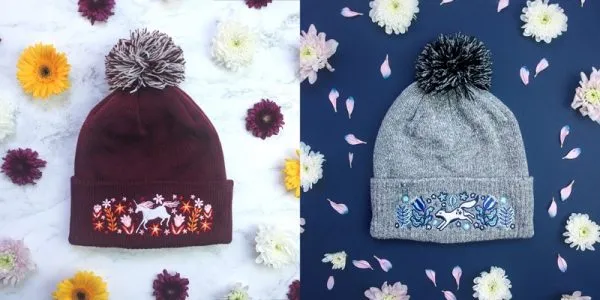
What are the best ways to promote your crowdfunding campaign?
Kaye: Backing comes from lots of different places, your own network (social media, people you’ve met), press, influencers and the crowdfunding platform of your choice. Before you start your project, think about who you want to buy your products? Once you know that, you can start to think about where these people are online, what publications they are reading and who they follow. Then your job is to go and find them. Maybe send the folks that influence your customer a sample or email and tell them about your work and upcoming campaign. Some people recommend spending on social advertising to boost your campaign, but we’ve found that recommendations from good influencers work just as well.
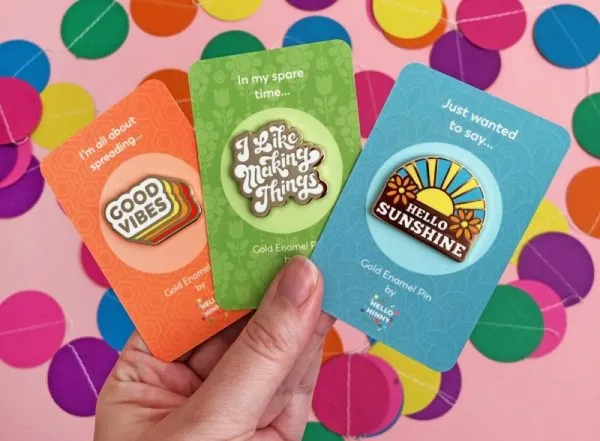
How do you give your crowdfunder the best push so it reaches the goal?
Kaye: Think about your goal amount. Consider how many individual people you need to back your campaign to reach that number, then work backwards. Give yourself as much time as possible to plan and really understand how you are going to find each and every backer that you need to hit your goal.

What are the advantages of crowdfunding over getting a loan?
Zanna: We’ve never got a loan because we don’t like the idea of the business being in debt, but we were also comfortable building things up slowly. You have to pay a Kickstarter fee and then a few other minor transaction costs, however, it’s all negligible compared to the interest you'd end up paying on a loan.
Lynsey: With crowdfunding you’re asking people to pre-order a product before it exists, so you know what the demand for it is. I’m also able to stock my online shop with the leftovers. If you’re looking to fund a space or shop then it means you’re finding your community and building up your customer base. Plus, they’re already showing the need for your business in your area. You might end just shy of your campaign total, but knowing how many people pledged gives you a good idea of the product's popularity. If it was a close call it might be worth risking your own cash to fund the product. I’d consider a failed campaign a successful piece of market research!
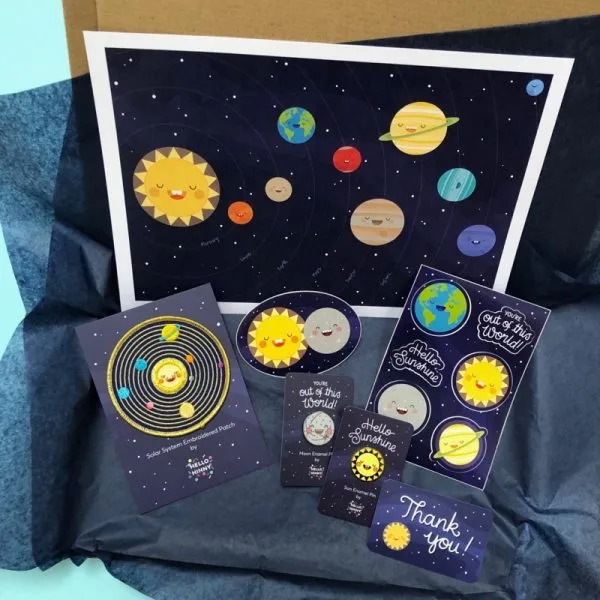
And what are the disadvantages?
Zanna: Kickstarter is a lot of work! Coming up with everything you need for the campaign, and then putting all the effort into spreading the word and promoting it is a lot of energy and it comes with no guarantee of money at the end of it. However, it’s better than ending up sat on a lot of stock you can’t shift and a loan you have to pay off every month.

What are the biggest mistakes people make with crowdfunders?
Kaye: Not planning enough! All the platforms do such a brilliant job of making it easy to set up a campaign, but the more you plan and tell people about your campaign before launch the better. Giving yourself the time and space to think about what you want to say, who you want to say it to and how you want to say it is crucial. It’s also good to think about the time of year people might want to use your product. If it’s for a seasonal gift, you want to make sure your project will deliver the rewards on time.
Lynsey: I was super thorough when planning the campaign, but one major thing I missed was that Kickstarter include the shipping cost in the campaign total! So say you need to raise £100 to pay for a product to be made, someone pledges for a reward which is £8 + £2 P&P, a total of £10 is counted towards the total raised, so you’re actually short of funds and that’s not accounting for the fact you’ll have fees deducted too.
Zanna: Have a back-up plan for if your campaign goes way over. Everyone worries so much about not hitting the target, but we’ve heard of a few rare cases where they couldn’t deliver because they got too many orders. Figure out what your top number would be, and don’t be afraid to limit the number of packages you’re offering so you don’t overstretch yourself.
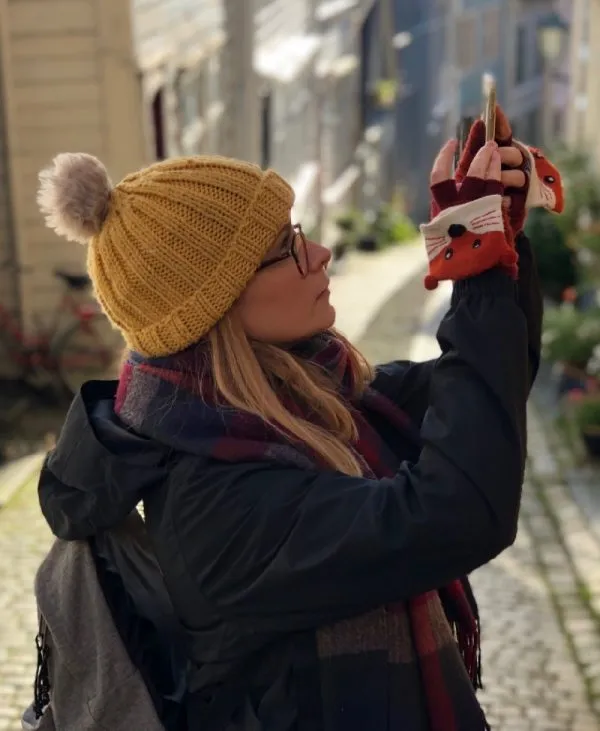
Lynsey’s top three tips crowdfunding tips
- Preparation! It’s easy to be super excited about your product and want to get it out there, but it’s important not to rush into launching the campaign. Get in touch with suppliers and get quotes and manufacturing times, so you have an accurate goal set. Have your designs as finalised as possible with images so people know what they’re pledging for. I always include a timeline of the process so people know the item will take time to arrive, and a breakdown of the costs so they can see where the money is going. Also research into the best time to launch a campaign. There’s a lot of information out there – think about when payday might fall etc.
- Shout about it. It might feel like you’re going on and on about it, but the best way to get pledges is to make sure as many people know about it as possible. A popular method on Instagram is a “share for share”. Provide an image for the campaign in your Instagram stories and ask people to screenshot it, share it and tag you. In return you share an image from their feed in your stories. This can help you reach new audiences.
- Keep the momentum going. Don’t be disheartened if you have a good start and then hit a lull in the middle – it's totally normal. Stretch Goals are a great way of keeping the momentum up. Start off with one or two products that'll be funded by your initial goal, then set new targets to unlock more items. It’ll keep people interested in the campaign to see what’s coming next, and some of the new products will appeal to people who hadn’t previously pledged. Cutie and the Feast’s Periodic Table Kickstarter is a great example.
If you have any of your own business tips share them with us on Instagram, Twitter, Facebook. Oh, and make sure to subscribe to Mollie Makes for more advice, projects and interviews.
For more business tips check out:
- How to work with Influencers
- How to wholesale
- Shaking off self-doubt